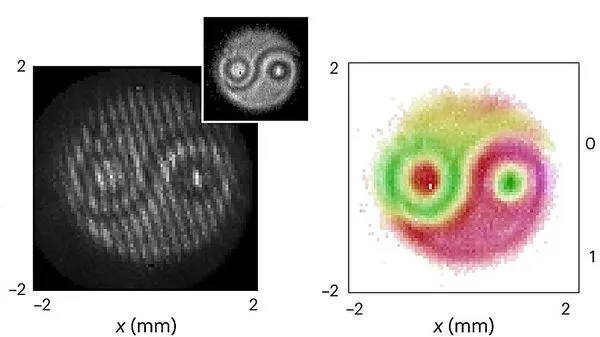- cross-posted to:
- [email protected]
- cross-posted to:
- [email protected]
Quantum ‘yin-yang’ shows two photons being entangled in real-time::The stunning experiment, which reconstructs the properties of entangled photons from a 2D interference pattern, could be used to design faster quantum computers.



Meh, it’s a losing battle try to establish what’s actually going on mechanically. It’s best to just stick to the rules we can prove and leave the underlying “how” as an implementation detail.
What we know is that it is possible for distant particles to become entangled without respect for relativistic limits. There’s effectively no difference between saying that the entanglement propagates regardless of distance (simultaneously FTL) or that the entanglement propagates regardless of time (sub-FTL regardless of simultaneity).
The issue is that an observer must at some point have observed both particles to know that they’ve become entangled. This is already a problem at any scale, but it gets much worse at relativistic distances because you can no longer even be certain when the two tangles are entangled, including and up to whether or not the particle you are locally observing is currently entangled. You’re stuck playing relativistic Two Generals’ Problem in such a way that if there was an FTL transmission, any useful information from it is rendered inaccessible without first receiving additional sub-FTL information.
This is the fundamentally frustrating thing about quantum mechanics. As far as we currently understand physics, any experiment which would reveal the actual underlying physical nature of the quantum world would itself be physically impossible (e.g.: FTL travel, time travel, violating the uncertainty principle).